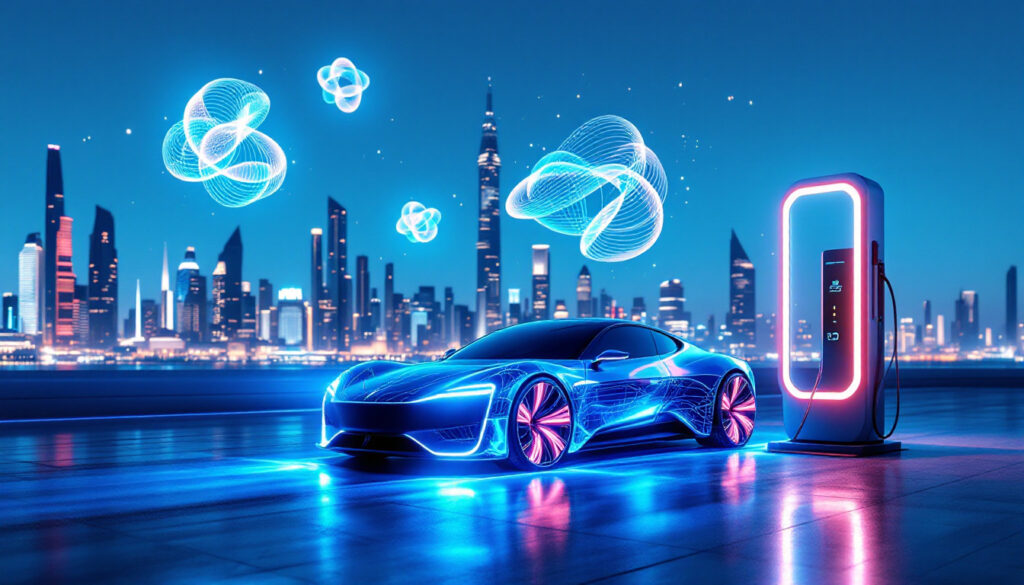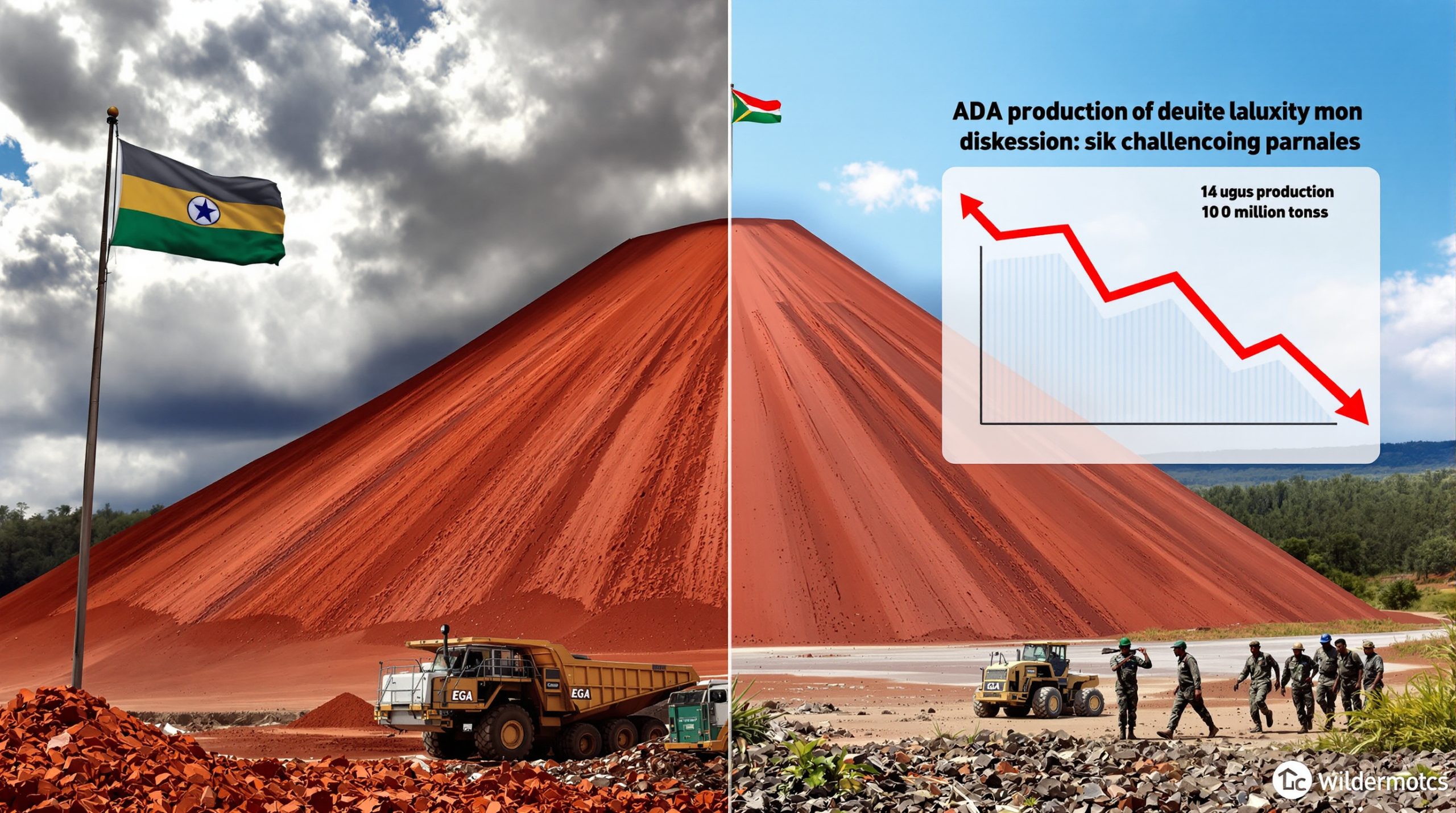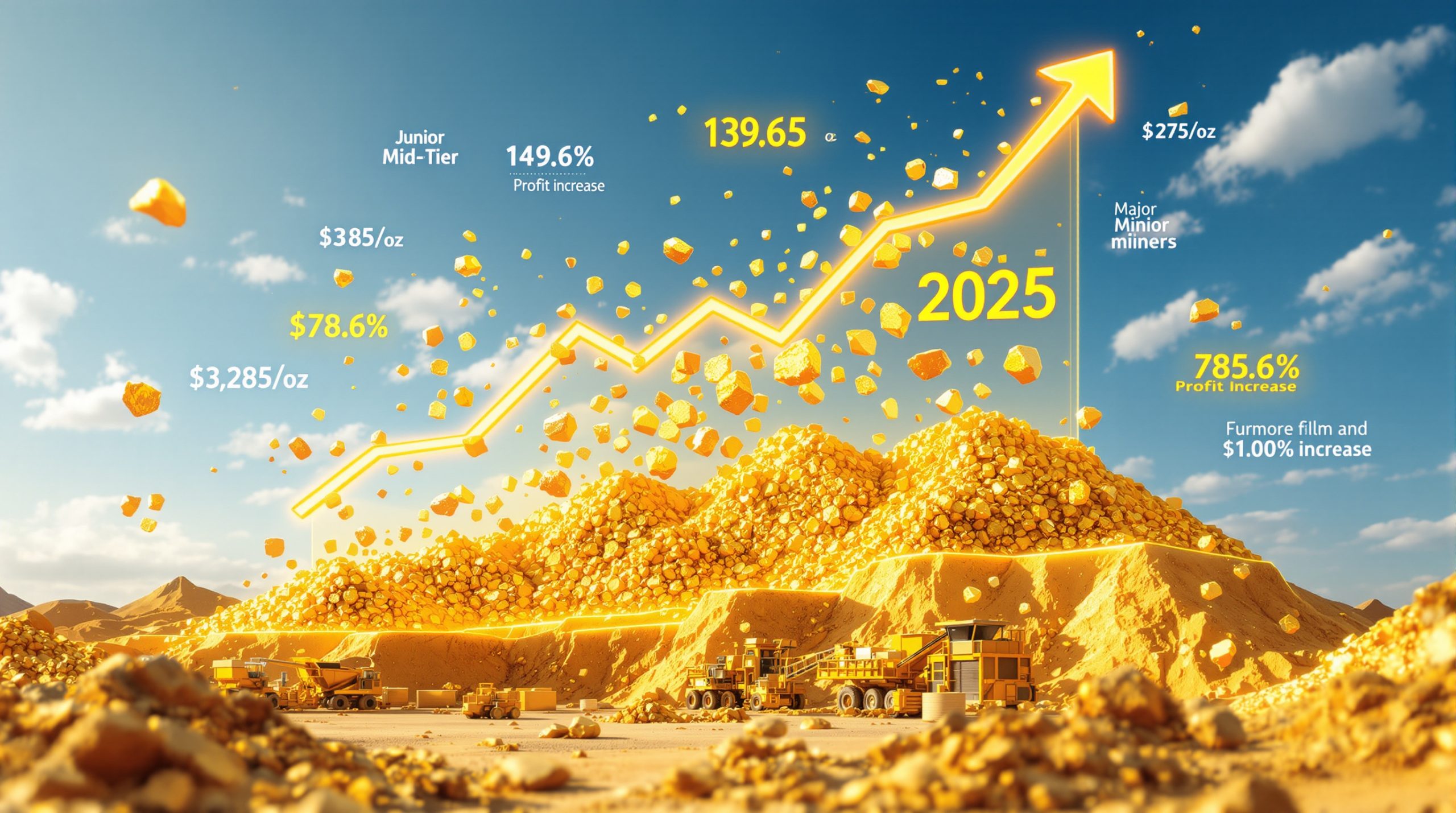BYD has unveiled a groundbreaking charging innovation that promises to revolutionise electric vehicle adoption worldwide. In anticipation of the BYD Megawatt Flash Charger 2025, the technology is already being hailed as a critical milestone in the transition to cleaner energy sources. Furthermore, this innovation plays a pivotal role in the clean energy transition.
What is BYD's Megawatt Flash Charger Technology?
BYD’s Megawatt Flash Charger technology delivers an unprecedented 1,000 kW of charging power. This allows vehicles to gain 2 kilometres of range per second at peak performance. In addition, the system is designed to overcome charging time anxiety, a primary inhibitor in EV adoption.
Most existing fast-charging systems operate at 50–350 kW and require 20–30 minutes for meaningful range additions. However, BYD’s solution slashes that time dramatically, setting the stage for a new era of rapid charging that could reshape global mobility.
The company has committed to installing more than 4,000 of these chargers across China by 2025. Additionally, each station can deliver up to 1,360 kW of power and reach the full 1 MW charging level in just 10 seconds during demonstrations.
This technological leap is supported by extensive redesigns in battery architecture and charging infrastructure. Consequently, BYD’s achievement positions it as a leader amongst other innovations in the EV sector.
How Does the 10C Charging Rate Work?
The "C-rate" is an important metric in battery charging. It indicates the ratio between charging power and battery capacity. For instance, a 1C rate means a battery charges in one hour, whereas a 2C rate takes 30 minutes. In contrast, BYD’s 10C rate means that batteries can theoretically charge from empty to full in just six minutes.
For example, a 100 kWh battery at 10C can accept up to 1,000 kW of charging power—ten times its capacity. In addition, this is the highest C-rate observed in mass production today. Compared to competitors limited to 1–2C rates, BYD stands out as having a remarkable speed advantage.
Moreover, while peak rates are impressive, the charging speed tapers as the battery fills beyond 60–70% capacity. This gradual reduction is critical to protecting battery health during prolonged use.
In practical terms, where conventional EVs might gain 25–30 km of range per minute, BYD’s technology can provide up to 80 kilometres per minute at peak charge rates. Consequently, the charging experience becomes more comparable to traditional refuelling.
What Technical Innovations Enable BYD's Flash Charging?
BYD’s breakthrough is the result of multiple technical innovations. The company has radically redesigned its “blade battery” architecture. For instance, the lithium iron phosphate (LFP) battery now features optimised electrolyte formulations that enhance ion transfer and reduce internal resistance.
Engineers at BYD have managed to reduce lithium-ion diffusion barriers by roughly 30% compared to standard formulations. This improvement allows ions to move more freely during high-current charging sessions, thereby reducing heat buildup and minimising lithium plating.
Furthermore, BYD’s system supports charging at up to 1,000 volts and 1,000 amps. In addition, the integration of silicon carbide (SiC) power modules cuts conversion losses by approximately 50% compared to traditional IGBT systems. Consequently, these innovations maintain safe operating temperatures and product longevity.
Another important development involves the battery’s diaphragm (separator) design. This feature has been refined to ensure reduced resistance while upholding safety standards. In addition, such improvements have been complemented by recent lithium market insights, which offer comprehensive market analysis and forecast challenges ahead.
Which Vehicles Will Feature the New Charging Technology?
BYD introduces its revolutionary charging system in two flagship models: the Han L EV sedan and the Tang L EV SUV. Both vehicles integrate the company’s new Super e-Platform technology, which combines the advanced battery architecture with high-performance drivetrain components.
Pre-orders for these models have already begun in China, with deliveries scheduled to commence in April 2025. The Han L EV starts at approximately 270,000 yuan (€34,000), making it competitively priced against premium electric sedans while also offering rapid charging capabilities.
In addition, the Han L EV achieves the full 10C charging rate, making it the world’s fastest-charging production vehicle. The Tang L EV, while slightly less aggressive at 8.4C, outpaces most competitors. Furthermore, these models underscore the company’s focus on strengthening EV battery supply chains.
Industry analysts expect monthly production capacity to reach around 50,000 units, with domestic availability paving the way for future international expansion.
What Are the Real-World Charging Times?
The practical impact of BYD’s innovation is dramatic. The Han L EV can add 400 kilometres of range in just five minutes, while the Tang L EV gains 370 kilometres within the same period. In comparison, Tesla’s latest V4 Supercharger technology adds roughly 275 kilometres in 15 minutes under optimal conditions.
Furthermore, despite the peak 1,000 kW power being maintained only for the initial 40% of the battery’s state of charge, a full cycle from 10% to 90% takes less than 15 minutes. In addition, industry tests have shown an average charging rate of approximately 7C, completing a cycle in 8–9 minutes.
This capability is particularly significant when considering cold weather conditions. Although extreme temperatures can reduce charging speeds, BYD’s advanced thermal management ensures minimal performance drop. In fact, during demonstrations, some vehicles experienced rates comparable to those seen in megawatt charging innovation.
How Does BYD's Charging Infrastructure Support This Technology?
Establishing a network capable of megawatt charging is no small feat. BYD’s strategy involves a comprehensive approach that includes both state-of-the-art vehicle technology and a robust charging network. The company plans to install over 4,000 Megawatt Flash Chargers across China by 2025.
Each station is designed to support simultaneous charging with multiple ports, delivering up to 1,360 kW per station. In addition, these stations integrate stationary energy storage units with approximately 2 MWh capacity. Consequently, the buffered power delivery system ensures that sudden demand spikes do not overload the local grid.
Furthermore, partnerships with State Grid Corporation of China facilitate strategic placement of these stations. Moreover, installing 10 MW substations to service clusters of 8–10 chargers is essential. Such infrastructure upgrades reflect efforts in advancing sustainability through decarbonisation.
What Performance Benefits Come With the Super e-Platform?
BYD’s Super e-Platform does more than just support rapid charging—it delivers extraordinary performance metrics. The platform features high-performance 580 kW electric motors capable of reaching up to 30,511 RPM. In addition, this design achieves 98% peak efficiency compared to an industry average of 94%.
The performance metrics are equally impressive. For instance, the Han L EV accelerates from 0–100 kph in 2.7 seconds and reaches a top speed of 305 kph (190 mph). Conversely, the Tang L EV reaches 100 kph in 3.9 seconds with a top speed of 257 kph. These figures place BYD among the world’s fastest production EVs.
Furthermore, energy recovery systems and advanced regenerative braking improve efficiency by approximately 35%. Consequently, energy consumption is reduced to around 12.5 kWh/100km under standard conditions. Such achievements mark significant progress compared to traditional vehicles and further validate BYD’s innovative approach.
How Does BYD's Technology Compare to Competitors?
In the realm of charging technology, BYD’s 1,000 kW power delivery system sets it apart from the competition. Tesla’s V4 Supercharger network and Xpeng’s 800 kW system, while noteworthy, do not measure up to BYD’s megawatt capability.
A practical comparison highlights these differences:
- BYD adds 400 km in 5 minutes.
- Tesla’s system typically adds around 150 km in a similar period.
- Xpeng’s platform offers approximately 300 km range in 5 minutes.
Furthermore, comparative tests show that vehicles based on BAT’s technology achieve vastly improved charging times compared to models using standard battery architectures. In addition, the table below illustrates key differences:
| Company | Max Charging Power | Range Added in 5 Minutes | Vehicle Compatibility |
|---|---|---|---|
| BYD | 1,000 kW | 400 km | Han L, Tang L |
| Tesla | 500 kW | ~150 km | In development |
| Xpeng | 800 kW | ~300 km | S5 platform |
| CATL | 500 kW | ~200 km | Li Auto Mega, Zeekr 001 |
In addition, BYD acknowledges that many current EVs are limited to much lower charging rates due to battery architecture constraints. This positions BYD as a forerunner in future-proof vehicular technology. Moreover, recent reports from ultrafast charging system experts further underscore these rapid developments.
What Are the Infrastructure Challenges for Megawatt Charging?
The deployment of megawatt-level charging infrastructure introduces significant challenges. The power demands of a 1,000+ kW charger far exceed typical grid capabilities. For example, even standard 350 kW fast charging stations require robust power connections.
BYD addresses these challenges by integrating stationary energy storage systems. These buffer units prevent destabilising demand spikes on local electrical grids, as they gradually charge from the grid and then deliver intense bursts of power during vehicle charging sessions.
Additionally, cooling requirements for charging cables and connectors demand advanced liquid-cooling systems. In addition, upgrading local grid infrastructure is imperative to handle the elevated load. These combined strategies ensure that the charging network remains reliable even under extreme conditions.
For commercial fleet operators, reducing charging times translates directly into improved operational efficiency. In fact, early projections indicate that the premium for 10C charging can be recovered within 12–18 months. This further highlights the practical benefits of the BYD Megawatt Flash Charger 2025.
Frequently Asked Questions About BYD's Flash Charging
What is the charging rate in kilometres per minute?
BYD’s technology can add up to 80 kilometres of range per minute at peak speeds. However, this rate reduces as the battery surpasses 60–70% capacity. On average, a full charging session typically operates at around 60 kilometres per minute.
Will this technology be available outside China?
Although the initial launch is focused in China, BYD is actively pursuing global expansion. In addition, the company is targeting EU certification by Q3 2026, with North American certification still pending.
How does battery longevity compare to standard charging?
Lab tests indicate that BYD’s 10C-capable batteries maintain about 1,200 cycles at full power while retaining 80% capacity. In contrast, standard 3C charging systems usually offer around 2,500 cycles. For drivers covering 15,000–20,000 km per year, this corresponds to roughly 8–10 years of typical use.
What safety measures are implemented for such high-power charging?
Multiple redundant measures are in place, including UL-certified high-voltage contactors and an 8-layer thermal sensing network. Furthermore, intelligent power management systems reduce charging rates within milliseconds if anomalies occur.
Can existing electrical grids support widespread megawatt charging?
Widespread deployment does require significant grid infrastructure upgrades. BYD’s integrated energy storage buffers and strategic partnerships with grid operators help mitigate these challenges.
How does cold weather affect 10C charging capabilities?
Extreme temperatures can reduce charging speeds, but BYD’s thermal management system actively preconditions the batteries. Consequently, performance typically remains at about 70% of peak capability even in subzero conditions.
By addressing both technological breakthroughs and infrastructure challenges, BYD’s Megawatt Flash Charger technology is set to transform the EV landscape. This innovation not only shrinks charging times dramatically but also paves the way for more sustainable and efficient transport solutions worldwide.
Curious about the next big EV or mining breakthrough?
Stay ahead of the market with Discovery Alert's proprietary Discovery IQ model, delivering real-time notifications on significant ASX mineral discoveries and emerging technologies. Explore our dedicated discoveries page to understand how major mineral and technological breakthroughs can lead to exceptional market returns.




